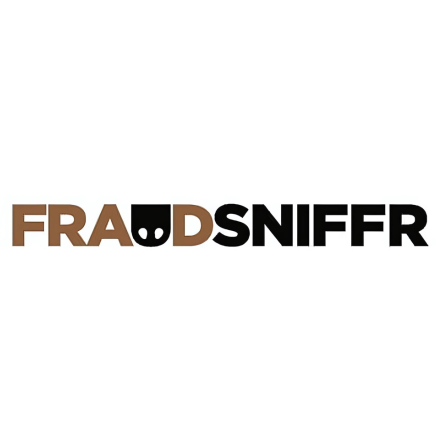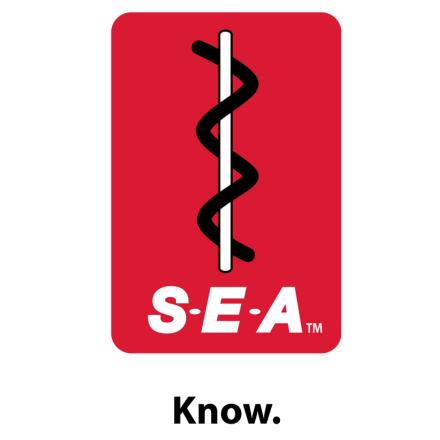Is Joint and Several Liability Alive in Pennsylvania? The Fair Share Act After SpencerFor the last decade, following the passage of the Fair Share Act, civil defendants in personal injury matters were relieved to only be paying their “fair share” when a jury would award a Plaintiff damages. In other words, if a party was found to be 10% liable, they would pay 10% of the award. However, recently there have been two Superior Court cases that have cast doubt on the intention of the Fair Share Act. The Fair Share Act, 42 Pa.C.S. § 7102, was passed in 2011. The act was designed to limit the liability of multiple tortfeasors when they were found to be less than 60% at fault. 42 Pa.C.S. § 7102(a)(1)(3)(iii). When there is more than one tortfeasor involved, “each defendant shall be liable for that proportion of the total dollar amount awarded as damages in the ratio of the defendant’s liability to the amount of liability attributed to all defendants” or other individuals determined to be liable. 42 Pa.C.S. § 7102(a)(1)(2). The Fair Share Act effectively prevented individuals and businesses who were only partially responsible for an incident to only pay their “fair share” of the damages. However, Spencer v. Johnson reshaped the legal landscape for tort law in Pennsylvania. 249 A.3d 529 (Pa. Super. Ct. 2021).
Spencer involved a pedestrian struck while crossing the street. The vehicle that struck the pedestrian was a company vehicle driven by an employee’s husband. The employee’s husband was not employed by the company. The husband operated the vehicle without the employee’s consent and while the employee was at a family gathering unrelated to her work. It was undisputed that the pedestrian was not at fault for the accident and the driver was at fault.
The pedestrian sued the company, employee, and husband under a theory of negligence and several vicarious liability theories. The jury found the company 45% liable, the husband 36% liable, and the employee 19% liable. At this juncture, the Fair Share Act comes into the legal analysis of the case. No party was found to be more than 60% liable. Therefore, under the Fair Share Act, each party was liable only for their percentage of liability. For example, the company would only be responsible for 45% of the damages since they were found to be 45% liable.
At the trial level, the plaintiff argued the company’s share of liability should be coupled with the employee’s liability since it was a company vehicle. The trial court rejected this argument because the employee was not operating in the scope of her employment when she was attending a non-work-related family party. The plaintiff appealed the trial court’s decision to the Superior Court. Not only did the Superior Court reverse the trial court based on the fact that the employee was required to be available “24/7” and drove the vehicle to her mother’s home, but the Superior Court engaged in a sua sponte discussion of the parameters of the Fair Share Act. This sua sponte discussion set forth a was a complete reversal as to how the Fair Share Act has been interpreted by Courts.
Spencer has the potential to significantly reshape the way the Fair Share Act will be applied by the Courts. Previously under the Act, each party was evaluated to determine their liability. Once a single tortfeasor surpassed the 60% threshold, then joint and several liability could apply. After Spencer, if a plaintiff is found to be 0% comparatively negligent, then the Fair Share Act does not apply. Thus, an individual or business tortfeasor could be subject to joint and several liability, meaning they could be held 100% responsible to pay for all the damages even if they are only determined to be 1% liable.
After Spencer, the question arises whether or not this interpretation of the Fair Share Act will stand. Will the Pennsylvania Supreme Court address the matter? Will the Superior Court use this interpretation in a holding? In November, eight months after Spencer, the Superior Court in Synder v. Hunt, No. 851 EDA 2020, 2021 WL 5232425, at *6 (Pa. Super. Ct. Nov. 10, 2021) previewed how the Courts would be interpreting the Fair Share Act after Spencer.
Synder involved a woman, the plaintiff, tripping over a shared section of driveway and was injured. Several properties had easements to utilize the driveaway. As part of each property’s right to utilize the driveway, they were required to maintain the driveaway. The plaintiff sued the owners of the various properties that utilized the driveway and were required to maintain it. In an unpublished opinion, the Superior Court explained that without finding the plaintiff contributed to her injury, the various property owners are not shielded from liability from the Fair Share Act. The Superior Court’s opinion again sua sponte instructed the trial court to apply joint and several liability to the Defendants due to there being no proven allegation of comparative negligence and cited to Spencer.
Currently, there is a debate as to whether Spencer (and now Snyder) is binding law on lower courts or if it is mere dicta. The Synder opinion is not published nor is it precedential. However, Synder displays the Superior Court’s understanding that Spencer was not an anomaly and Defendants who have minimal potential liability in a large damages case must be prepared to potentially “pick up the whole bill” if a jury finds them at 1% negligent and does not find Plaintiff negligent.
Zarwin Baum will continue to monitor the status of the proceedings and any impact on the law of damages and liability. For questions or further information, please contact Theodore Schaer ([email protected]; 267-765-9606), Gregory Mallon ([email protected]; 267-765-0344) or another member of the Casualty and Professional Liability Defense Practice Group. Law Clerk Matthew Coughlin contributed greatly to the writing and research for this article.
|













